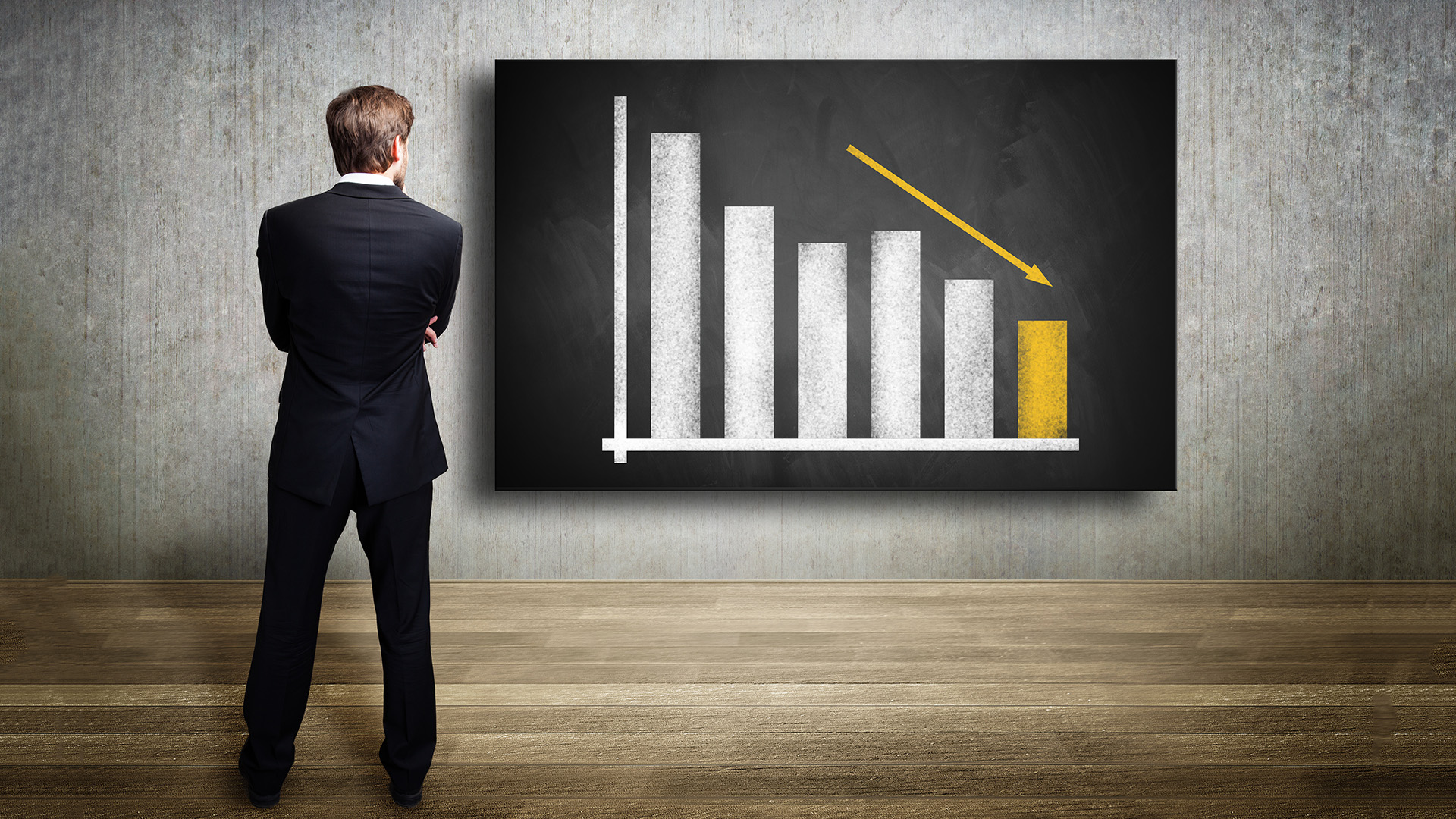Looking at the 4th quarter performance China’s economy grew by 6.8% from the final quarter of 2016 – with services once again being the key driver – as activity in the economy showing signs of slowing (lower imports and export growth levels for instance).
But although production of steel clearly slowed in November and December (because of the government ordered capacity cuts and the reductions ordered in northern cities to cut pollution levels), the higher output levels from earlier in the year were enough to produce a record figure for the year of 832 million tonnes, up from 808.3 million in 2016 and 822 million in 2015 and 2014.
Economists at the National Australia Bank (NAB) said Thursday night that China’s services sector again drove much of the activity growing by 8.5% year on year in the 4th quarter (up from 8.0% previously), while secondary industries (manufacturing and construction) slowed to 5.6% yoy (from 6.1% in Q3).
"This suggests that China’s gradual transition away from heavy industrial production towards consumption is continuing, the NAB analysts pointed out.
But growth in retail slowed in December to the lowest rate rate recorded.
China’s retail trade increased by 9.4% from a year earlier in December 2017, easing from a 10.2% rise in the previous month and missing market expectations of 10.1% percent. It was the smallest increase in retail trade since the series began in 2010.
Retail sales grew 10.2% through all of 2017, down from 10.4% in 2016.
December growth in industrial production edged higher – rising 6.2% yoy – up from 6.1% in November, but much slower than the 7.6% rate seen in March and June.
"Despite this stable growth, output in a number of key industrial sectors was weaker. In particular, steel output was well below the recent peaks in August – suggesting the capacity closures across 26 northern Chinese cities may be having an impact,” the NAB said.
In fact steel output totalled 67.1 million tonnes, up marginally from November, but well below the peak in August (74.6 million tonnes) – suggesting the steel-making capacity closures across 26 northern Chinese cities may be having an impact. For the year steel production was up 1.8% in 2017 from 2016.
Iron ore imports fell 11% in December to 84.14 million tonnes, down from the near record high of 94.54 million tonnes in November, data from China’s General Administration of Customs showed on Friday. But for the full-year shipments rose 5% to a record of 1.075 billion tonnes, topping 1 billion tonnes for a second year.
Despite the slide in steel late in the year and a fall in cement output growth in China’s industrial production edged higher in December – increasing by 6.2% yoy (compared with 6.1% previously) in December – with growth remaining around the trend levels exhibited since the start of 2015, according to the bank’s economists.
Production of motor vehicles increased by just 0.4% yoy in December – with growth softer across the 4th quarter, following stronger conditions in the first three quarters. Electricity production was stronger, growing by 6.0% yoy (up from 2.4% previously).
That was due to higher demand in northern cities where coal has been banned as heating source. That has seen demand for power (and gas, especially LNG) surge in November and December.
In turn LNG gas imports (especially LNG) imports surged to record monthly levels late in the year and hit a record 68.5 million tonnes for the 12 months. LNG imports will continue to rise in 2018.
Looking at 2018 the bank’s economists said “Our outlook for 2018 remains unchanged – we expect growth to slow, in line with official comments emphasising quality growth over sheer quantity – at 6.5%, before easing further to 6.25% in 2019.
“Weaker construction activity – as measures to cool China’s property sector begin to impact more heavily – is a key driver of this anticipated slowing trend.
"That said, it is possible that the official figure underestimates the strength of growth in 2017 – given that several local governments have confirmed that 2016 economic data was overstated. We will be watching closely this year for any revisions to historical data. Our forecasts for growth are unchanged, at 6.5% in 2018 and 6.25% in 2019, the NAB said.













